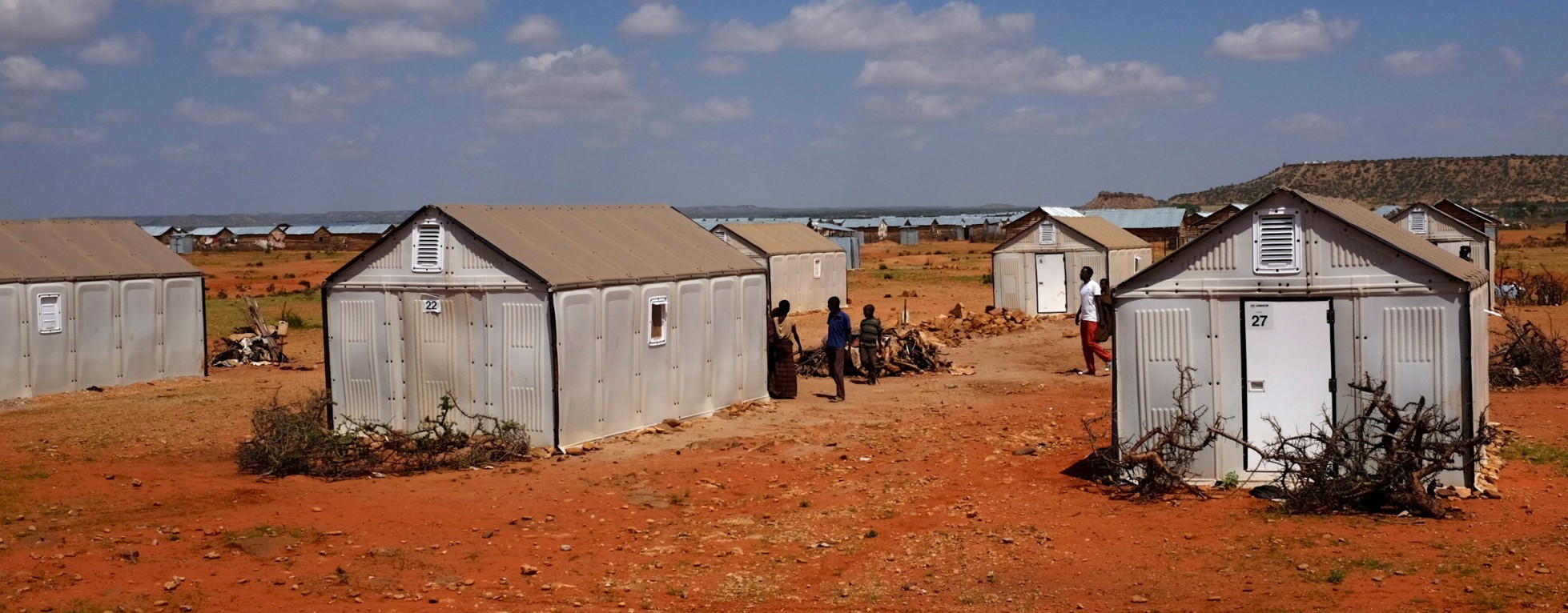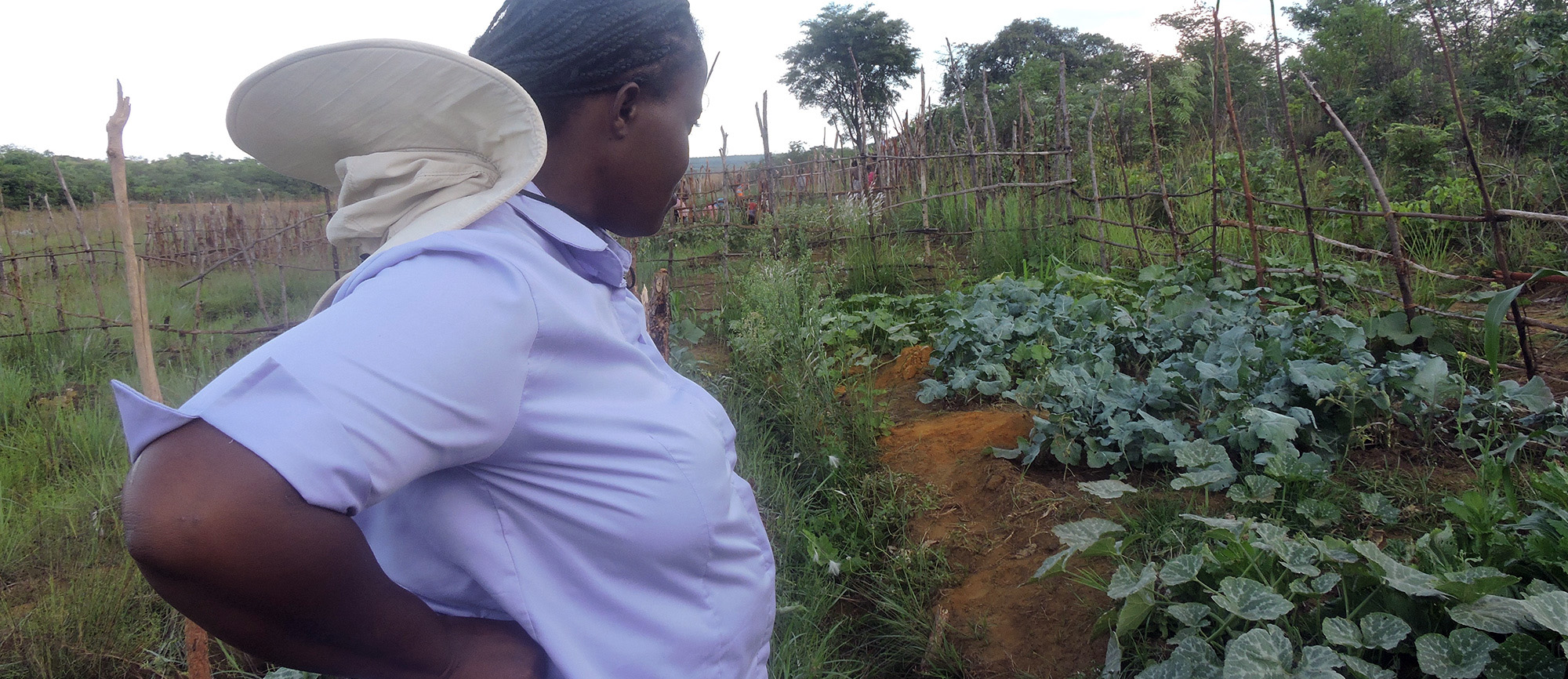1. Define challenges
A more durable, more secure shelter
In the drought-swept expanses of Dollo Ado, Ethiopia, women wrapped in bright scarves lug plastic jerry cans of water, and clouds of dust puff from the ground as teenagers distract themselves with a soccer game. Here, where one of the largest refugee populations in the world has fled political instability and famine, families rely on UNHCR for housing that provides stability, safety and dignity.
These refugees, fleeing conflict, disaster and climate change, have long relied on what has become a familiar symbol of survival and support: the white and blue UNHCR tents.
These makeshift shelters—prone to wind, fire rain damage and offering little climate control or privacy—only last up to 12 months. While useful in acute emergencies, these are not a sustainable solution. Many families must stay in refugee camps for years.
UNHCR knew that when it came to providing shelter for the millions of refugees it serves, it could do better.
Creating a new way to house refugees was no easy feat. Shelters had to be suitable for many weather conditions—sometimes extreme. They had to last with only basic maintenance, and most importantly, provide housing with enough space and privacy to uphold refugees’ dignity and hope.
Cost could not be overlooked either; any solution had to be affordable, and they had to stack flat so they could be shipped quickly in emergency situations anywhere in the world.

The standard tent provides temporary shelter in acute, emergency crises, but provides little protection against harsh weather conditions or incidents of Sexual and Gender-Based Violence. Shehtta, 44-year-old Syrian refugee, stands in front of his tent, which collapsed due to extreme weather. Photo credit: UNHCR / B. Szandelszky
2. Identify solutions
A weather-proof, modular unit equipped with solar panels
We went to work looking for solutions. Connecting with a non-profit Swedish industrial design firm and the IKEA Foundation lead to a collaborative design process to invent the next generation of refugee housing called the Refugee Housing Unit.
Together we worked towards developing a housing solution that is designed to last for three years and shelter a family of five.
Constructed of waterproof, sun and flame retardant materials around a steel frame, each unit was designed with solar lights that minimize the need to use open flames and allow for reading and studying inside. The frame and recyclable, non-toxic panels were specially designed to withstand the strong winds yet be light enough to be shipped halfway around the globe in flat-packed boxes.
Special hatches were included to promote ventilation, and an inventive ground anchor allows it to be built on uneven or sloped terrain. Mosquito nets installed on the windows protect from malaria. With additions like a shade net, the modular unit truly becomes a semi-permanent home, where families feel protected and comfortable.
And to make sure the communities that needed them could erect the shelters quickly, they were designed and packaged so that a small team with some training could assemble them in less than a day, using just a few tools and a hammer.

3. Test solutions
Could the modular unit hold up in real-life conditions?
The new housing units seemed like the answer to so many refugee concerns about space, security and privacy. But we needed to know for sure that the product would work for families who relied on them for shelter.
We went to the lab first, where researchers swung sandbags against the walls, sprayed water over the roofs and pumped in artificial smoke to identify leaks.
Next, 52 hand-made prototypes went for the most important test of all: to refugee camps in northern Iraq and Dollo Ado, Ethiopia.
Together with the Shelter and Settlements Section, our Home Lab trained partners and teams of refugees in Dollo Ado to assemble the Refugee Housing Units. By the end of a demonstration, some of the teams were able to erect the shelters without supervision.
Then, those same refugees moved in for an intensive six-month testing period, providing invaluable feedback to the design team. To capture insight that could not be gathered through surveys or questionnaires, the team at Dollo Ado teamed up with a group of anthropologists with unique cultural knowledge and expertise to report back on the usability of the shelters.
Halfway through the six-month trial, 100 percent of the refugees in both countries who tested the shelters confirmed that the Refugee Housing Units worked.

4. Refine solutions
Extreme testing and end-user feedback
We knew we had found a sturdy, safe and accepted alternative to the tents it had distributed for years. But we were not content to stop there.
Through rigorous testing—like blasting the units with artificial rain and opening the shelter doors more than 27,000 times—we identified ways to make them even stronger and more reliable.
Not all of the refugees were satisfied with certain aspects of the units, like the placement of the doors, or the low light available through the windows on cloudy days. We also identified some manufacturing problems, and issues that arose with heavier than expected winds or strong sun. So we set out to fix them.
The next phase of production will refine the shelters in response to testing and feedback from the people who matter most: the families who will call them home. They’ll be modified to be even more comfortable in high temperatures and winds and packaged to allow for easier assembly.
We are investigating options for using locally available materials for future designs. And the design team will also make the Refugee Housing Unit viable in extreme conditions like hurricanes and brutal winters. In this way, UNHCR will continue to provide more options for people displaced by natural disasters and conflicts.
With additional testing, collaboration and innovation, we will continue to innovate, modifying the units so they are responsive to the needs of those it serves. Beyond providing shelter, UNHCR and all its partners know the housing needs to be more than shelter: it needs to be home.

5. Scale solutions
Optimized for flat-pack logistic demands
The Refugee Housing Unit is a groundbreaking example of collaboration, technical innovation, and practical application. Now, it’s time to fine-tune it, and take it to the places where it can make a real difference in the lives of some of the world’s most vulnerable families.
UNHCR and its partners have a lot to do, including making tweaks that still keep the cost per unit low enough to ensure that as many people as possible will benefit from these improved living conditions.
Fortunately, the units have a leg up. They are already optimized to meet the high volume production conditions and flat-pack logistic demands required to be cost-efficient in the long run.
As an unexpected benefit, the process we used for testing the units revealed the benefits of adding the expertise of anthropologists to the charge of understanding and meeting the needs of refugees.
UPDATE | 24 March 2015
The Housing for All Foundation formally acquired RHU, renaming it Better Shelter, which is incorporated as a social enterprise. “We will continue to develop the Better Shelter and also provide other solutions to benefit the many displaced people. Innovation is our strongest driving force,” says Johan Karlsson, Head of Business Development, at Better Shelter. “The refugee housing unit is an exciting new development in humanitarian shelter and represents a much needed addition to the palette of sheltering options mobilized to assist those in need. Its deployment will ensure dramatic improvement to the lives of many people affected by crises,” says Shaun Scales, Chief of Shelter and Settlement, at UNHCR.
UPDATE | October 2015
Since testing began in 2014, a total of 2329 shelters have been shipped to Iraq, Djibouti and Greece. UNHCR and the Red Cross have recently erected an additional 96 Better Shelters in the former Yugoslav Republic of Macedonia. A number of shelters host first aid clinics while others have been equipped especially for children, with support from UNICEF.
On September 23rd, Better Shelter assembly training commenced in a transit camp near the border of the former Yugoslav Republic of Macedonia where once again the shelter’s appropriateness in emergency relief operations was confirmed.
Earlier this year, following the 7.8 magnitude earthquake in Nepal, MSF ordered 50 Better Shelter units for their operations in Nepal. As one of the first respondents, MSF primarily used the Better Shelter units as temporary health care clinics to help ensure the continuation of basic primary health care.
To stay up to date with the evolution of the RHU and to learn more about Better Shelter, visit BetterShelter.org









Pingback: Μπουντρούμια για τους πρόσφυγες, αλλά είναι ΙΚΕΑ - Απλωταριά()